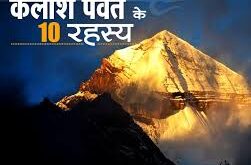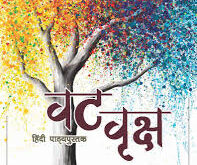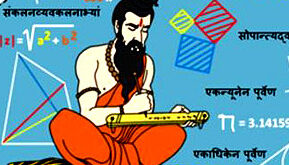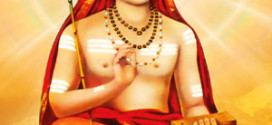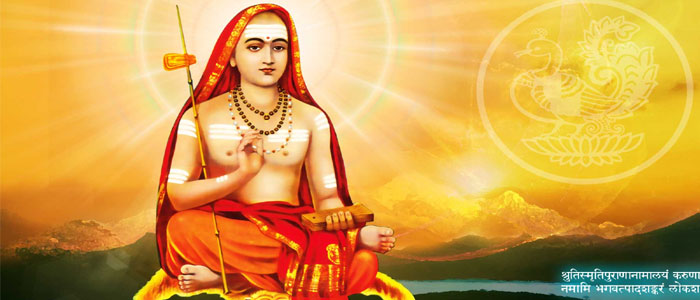
Achivments Work Media Publication
Sankara was born to the nambUdiri brahmana couple, Sivaguru and Aryamba, in a little village called kalaDi in Kerala. The couple had remained childless for a long time, and prayed for children at the vaDakkunnAthan (VRshAcala) temple in nearby Trichur. Siva is said to have appeared to the couple in a dream and promised them a choice of one son who would be short-lived but the most brilliant philosopher of his day, or many sons who would be mediocre at best. The couple opted for a brilliant, but short-lived son, and so Sankara was born.
Sankara lost his father when quite young, and his mother performed his upanayana ceremonies with the help of her relatives. Sankara excelled in all branches of traditional vaidIka learning. A few miracles are reported about the young Sankara. As a brahmacArin, he went about collecting alms from families in the village. A lady who was herself extremely poor, but did not want to send away the boy empty-handed, gave him the last piece of Amla fruit she had at home. Sankara, sensing the abject poverty of the lady, composed a hymn (kanakadhArA stavam) to SrI, the goddess of wealth, right at her doorstep. As a result, a shower of golden Amlas rewarded the lady for her piety. On another occasion, Sankara is said to have re-routed the course of the pUrNA river, so that his old mother would not have to walk a long distance to the river for her daily ablutions.
Sankara was filled with the spirit of renunciation early in his life. Getting married and settling to the life of a householder was never part of his goal in life, though his mother was anxious to see him as a grhastha. Once when he was swimming in the river, a crocodile caught hold of his leg. Sankara sensed that he was destined to die at that moment, and decided to directly enter the fourth ASrama of sam.nyAsa right then. This kind of renunciation is called Apat sam.nyAsa. The crocodile released him when he thus mentally decided to renounce the world, and Sankara decided to regularize his decision by going to an accomplished guru. To comfort his anxious mother, he promised that he would return at the moment of her death, to conduct her funeral rites, notwithstanding the fact that he would be a sannyasi then.
Sankara then traveled far and wide in search of a worthy guru who would initiate him and regularize his vow of sam.nyAsa, till he came to the banks of the river narmadA in central India. Here was the ASrama of govinda bhagavatpAda, the disciple of gauDapAda, the famous author of the mandukya karikas. Sankara was accepted as a disciple by govinda, who initiated him into the paramahamsa order of sam.nyAsa, the highest kind of renunciation. Seeing the intellectual acumen of his disciple, govinda commanded Sankara to expound the philosophy of vedAnta through commentaries on the principal upanishads, the brahmasUtras and the gita. Sankara took leave of his guru and traveled to various holy places in India, composing his commentaries in the meantime. At this time he was barely a teenager. He attracted many disciples around him, prominent among whom was sanandana, who was later to be called padmapAda. In this period, Sankara wrote commentaries on bAdarAyaNa’s brahmasUtras, the various upanishads and the bhagavad gItA. These commentaries, called bhAshyas, stand at the pinnacle of Indian philosophical writing, and have triggered a long tradition of sub-commentaries known as vArttikas, TIkAs and TippaNis. He also commented upon the adhyAtma-paTala of the Apastamba sUtras, and on vyAsa’s bhAshya to patanjali’s yogasUtras. In addition to these commentarial texts, Sankara wrote independent treatises called prakaraNa granthas, including the upadeSasAhasrI, Atmabodha, etc.
1 2 3 4 5
 पौराणिक कथाओं, प्रेरक क्षण, मंदिरों, धर्मों, फिल्मों, हस्तियों के बारे में दिलचस्प जानकारी, हजारों गाने, भजन, आरती के बोल हैं Your wish may come true today…
पौराणिक कथाओं, प्रेरक क्षण, मंदिरों, धर्मों, फिल्मों, हस्तियों के बारे में दिलचस्प जानकारी, हजारों गाने, भजन, आरती के बोल हैं Your wish may come true today…
























